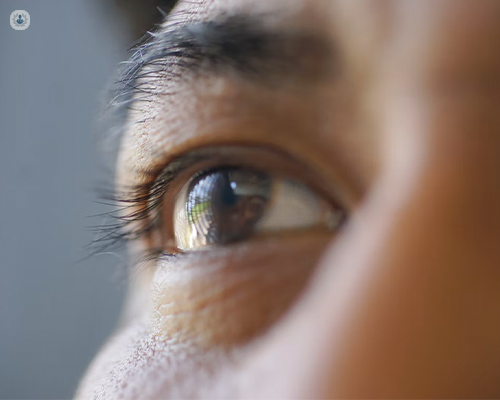What to know about LASIK
Escrito por:LASIK (Laser-Assisted in Situ Keratomileusis) is a popular and effective refractive eye surgery designed to correct vision issues such as nearsightedness, farsightedness, and astigmatism. By reshaping the cornea—the transparent layer covering the front of the eye—LASIK allows light entering the eye to focus more directly on the retina, enhancing clarity of vision and reducing dependence on glasses or contact lenses.

The LASIK procedure
The LASIK procedure is relatively quick, typically taking around 15 minutes for both eyes. It begins with the application of numbing eye drops to ensure comfort. The surgeon then creates a thin, hinged flap on the cornea using either a microkeratome (a small blade) or, more commonly today, a femtosecond laser.
This flap is gently lifted, exposing the underlying corneal tissue. Next, an excimer laser, precisely programmed based on the patient’s specific prescription, reshapes the corneal tissue by removing microscopic amounts of tissue. After reshaping, the flap is carefully repositioned over the cornea, where it naturally adheres without the need for stitches.
Success rate
LASIK has a high success rate, with most patients achieving 20/20 vision or better. The results are typically noticeable within 24 hours, and the recovery period is brief. Common side effects, such as dry eyes and temporary visual disturbances (like haloes around lights), usually resolve within a few weeks. Follow-up appointments help monitor healing and address any concerns.
Ideal candidates
Ideal candidates for LASIK are over 18, have stable vision, and do not have significant underlying eye issues like severe dry eye, cataracts, or certain corneal diseases. Additionally, candidates should not be pregnant or nursing, as hormonal fluctuations can temporarily affect vision.
Advantages
The advantages of LASIK are considerable. It offers long-lasting results, typically eliminating the need for glasses or contacts. The procedure itself is minimally invasive and quick, with minimal discomfort and a short recovery time. However, LASIK is not suitable for everyone, and like any surgery, it carries risks, including over- or under-correction and, in rare cases, vision loss.
For those eligible, LASIK represents a safe and effective solution to correct common refractive errors. Consulting with an experienced ophthalmologist is essential to determine suitability and understand potential outcomes, ensuring the best possible vision correction experience.


